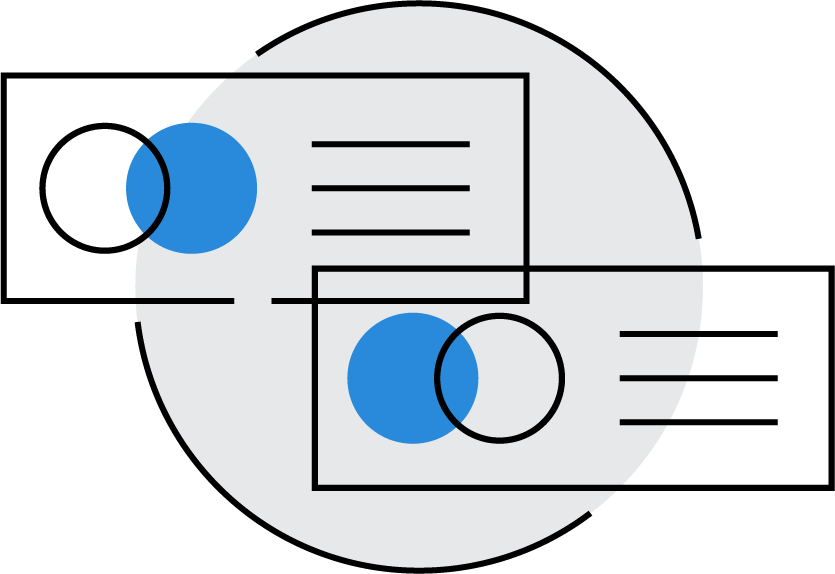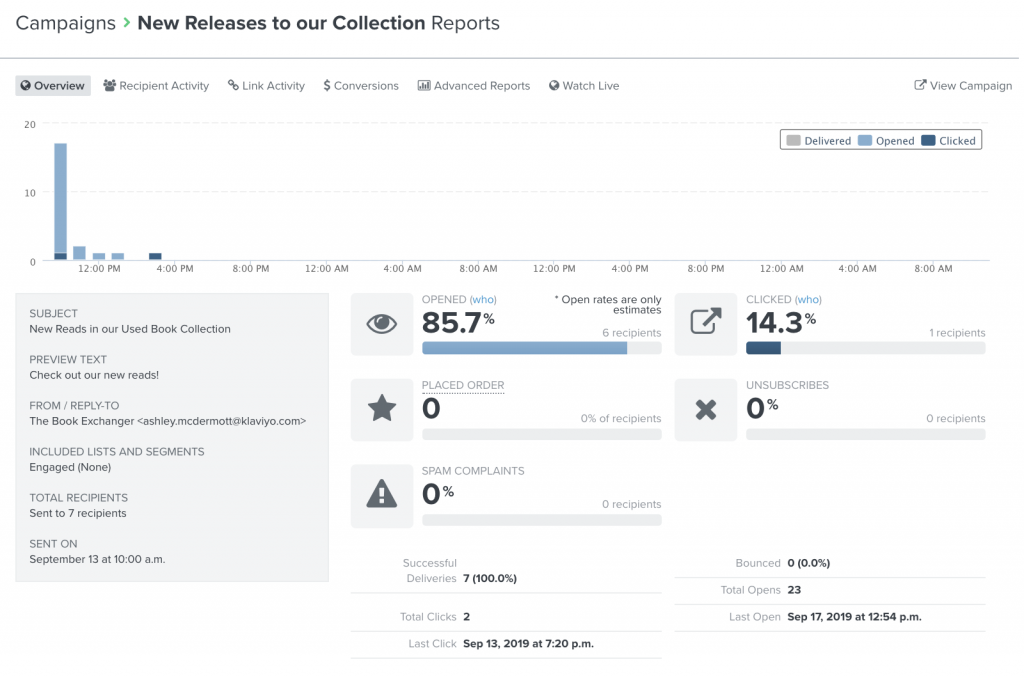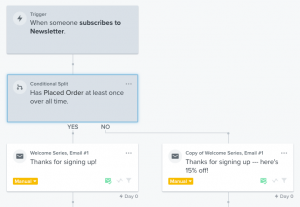Maximizing Content Reach:
The Art of Content Multiplication
Creating content that captivates and engages your audience is just the beginning. The real challenge—and opportunity—lies in maximizing the reach and lifespan of that content. Enter the strategy of content multiplication, a powerful approach that breathes new life into a single piece of content by transforming it into a diverse array of formats, each tailored to different segments of your audience. This blog post delves into the intricacies of content multiplication, offering insights and strategies to help you leverage your content to its fullest potential.
The Essence of Content Multiplication
Content multiplication isn’t merely about repurposing content; it’s an art that involves dissecting a single piece of content to create multiple, standalone pieces that resonate with various audience preferences and platforms. This strategy amplifies your message, extends your content’s lifespan, and significantly boosts engagement rates.

Strategies for Effective Content Multiplication
- Segment Your Content
Start with a comprehensive piece, like a detailed blog post or a video. Break this down into smaller, more digestible pieces that can stand alone. For instance, a long-form article can be divided into a series of blog posts, each focusing on a different aspect of the topic.
Analytics tools are invaluable for measuring the success of your content
- Create Infographics and Visual Summaries
Visual content is king in the digital age. Transform key data points, statistics, or insights from your original content into visually appealing infographics or summaries. These can be shared across social media platforms, driving engagement and making your content more accessible.
- Leverage Quotes and Insights
Extract compelling quotes or unique insights from your content and turn them into standalone posts. Pair these with eye-catching graphics to highlight your thought leadership on social media platforms.
- Engage with Interactive Content
Interactive content such as polls, quizzes, and questions can spark conversations and engage your audience. Base these on the original content to deepen the engagement and provide value.
- Share the Creation Process
Give your audience a behind-the-scenes look at the creation of your original content. This can humanize your brand and create a narrative that followers can connect with, fostering a deeper relationship.
- Host a Follow-Up Q&A Session
After your content has been live for a while, host a Q&A session to address questions and feedback. This not only provides additional value but also keeps the conversation going, increasing the longevity of your original piece.
Tools and Platforms for Content Multiplication
Leveraging the right tools and platforms is crucial for effective content multiplication. Content management systems, graphic design tools, and social media platforms each play a vital role in transforming and distributing your content across multiple channels. Analytics tools are also invaluable for measuring the success of your content multiplication efforts, allowing you to refine and optimize your strategy.
Conclusion
Content multiplication is a powerful strategy that can significantly amplify your content’s reach, relevance, and resonance. By creatively repurposing and reimagining your content, you can engage with a broader audience, maximize your content’s impact, and achieve your marketing objectives with efficiency and effectiveness. Embrace the art of content multiplication and watch your content thrive in the digital ecosystem.
Follow Brad on LinkedIn
Don't have the time or skills to figure all this out?
Talk to Trulu Today.

All rights reserved by Trulu Digital.
Trulu is the trading name of ACR Digital














